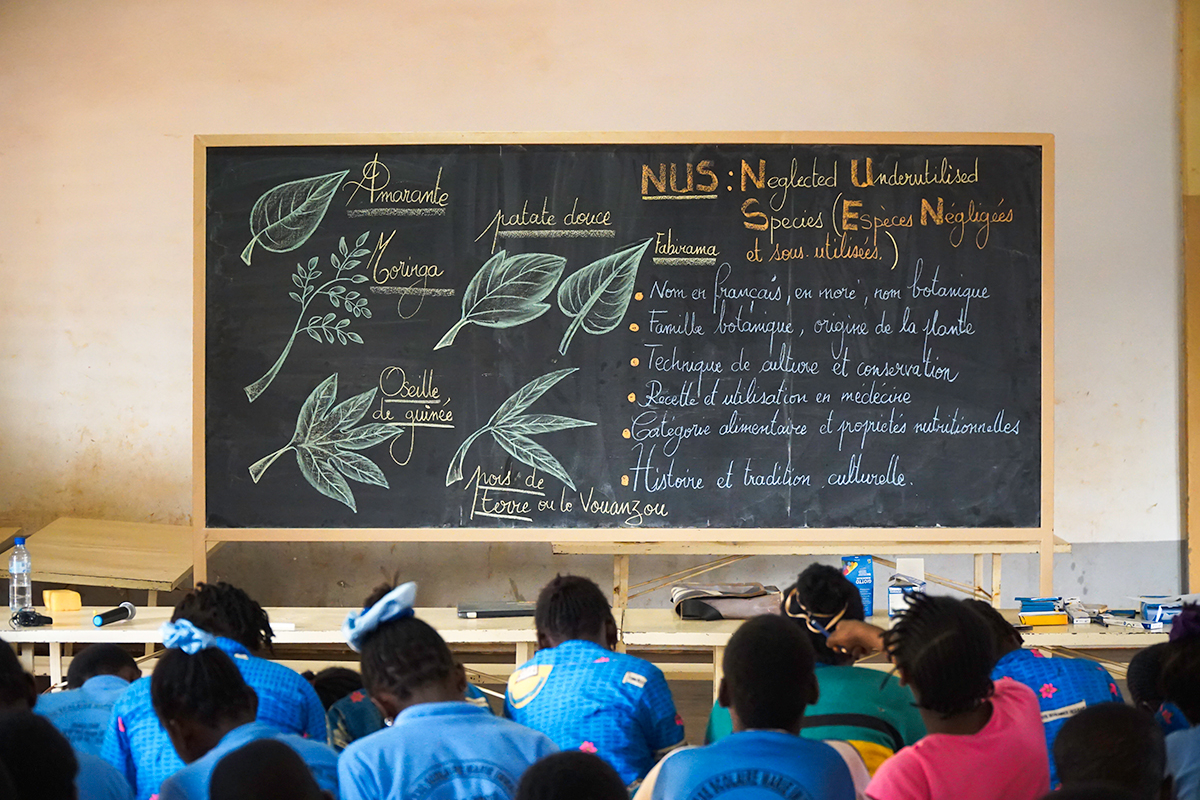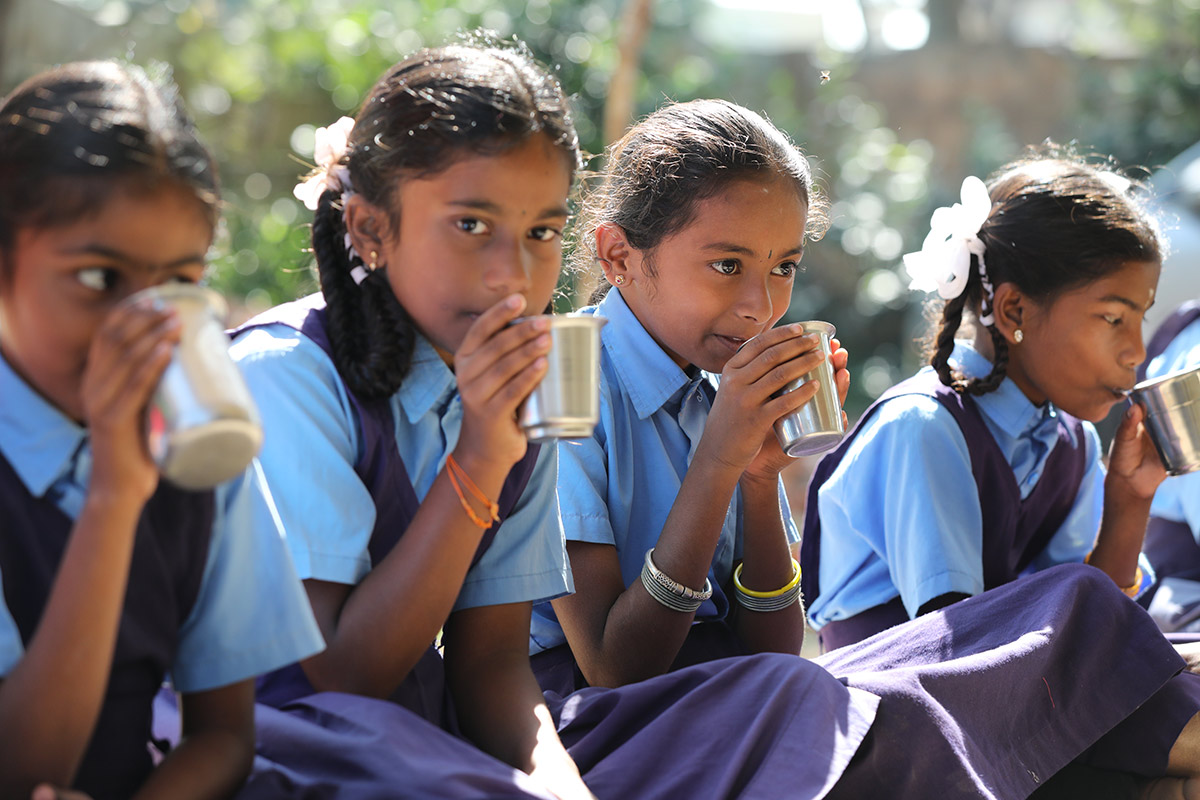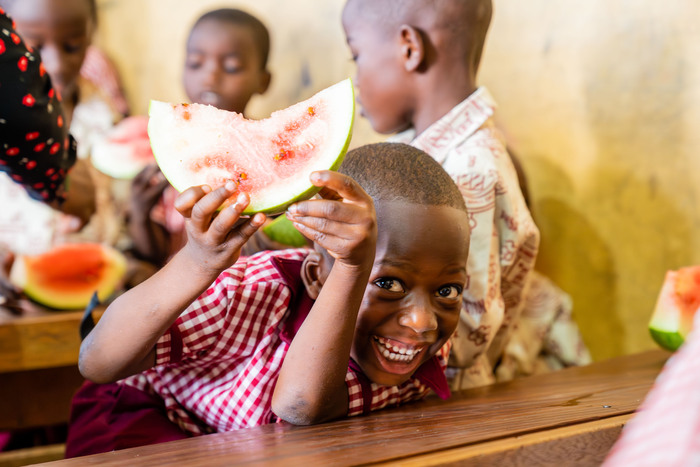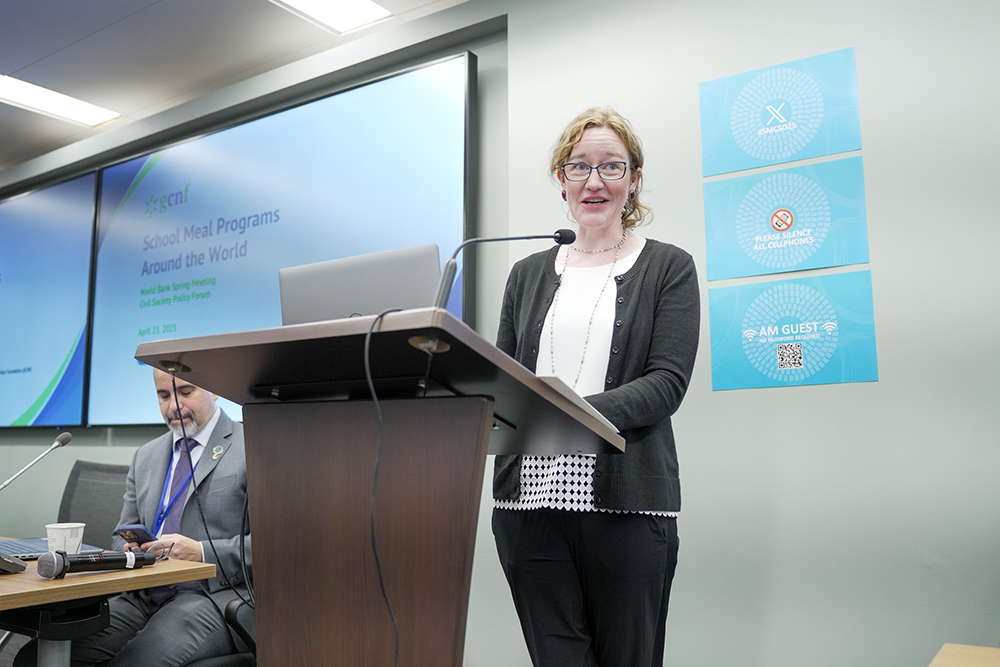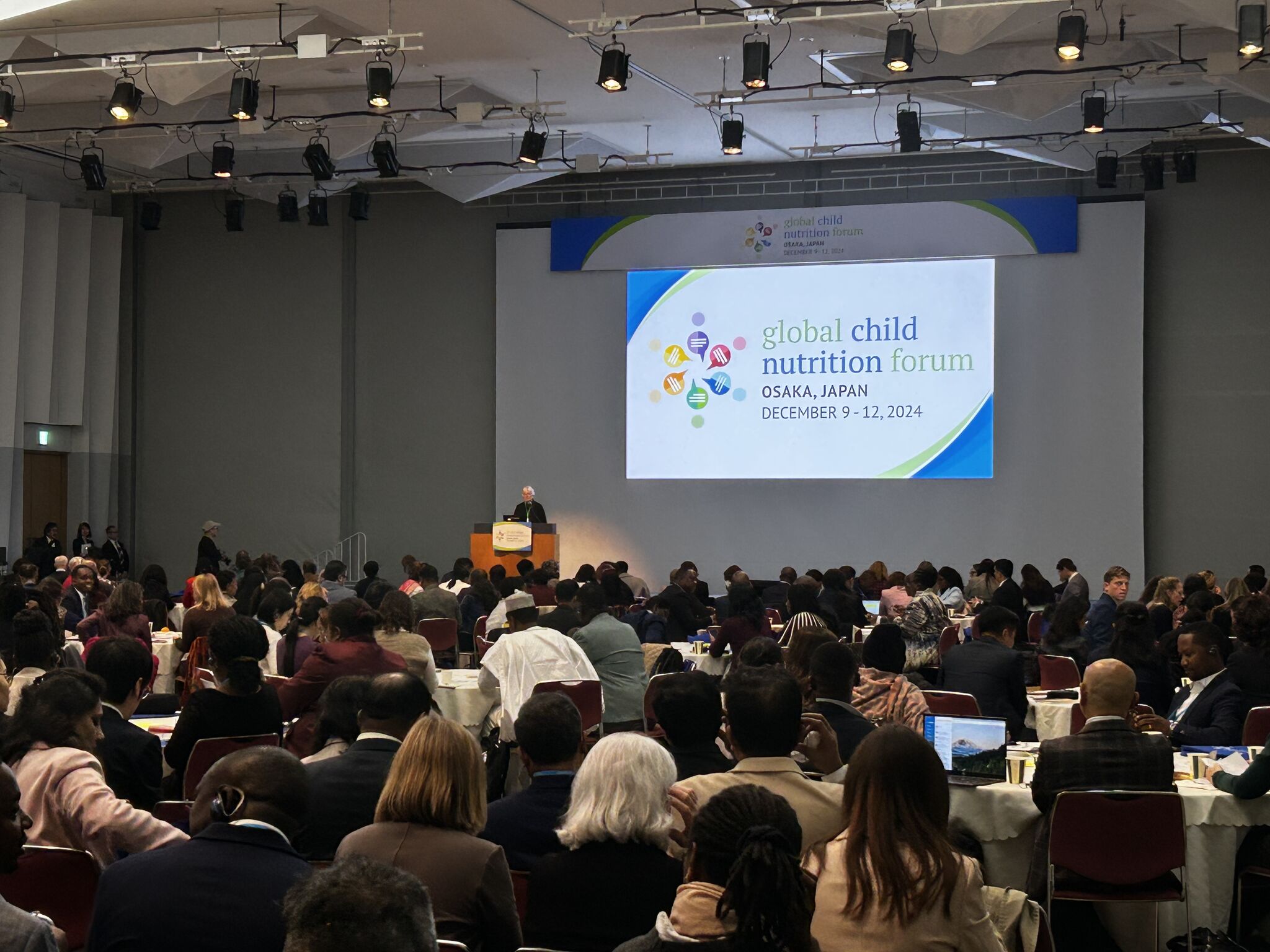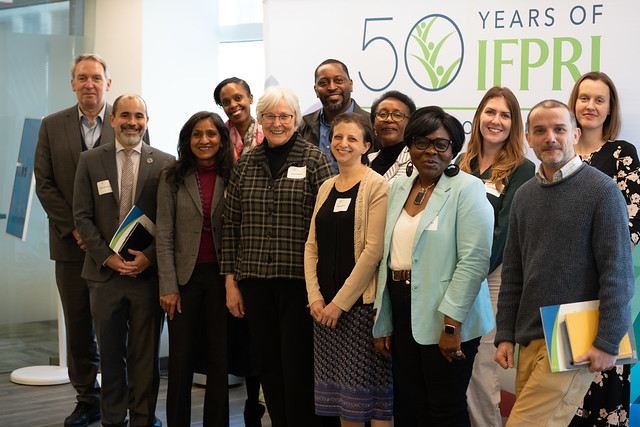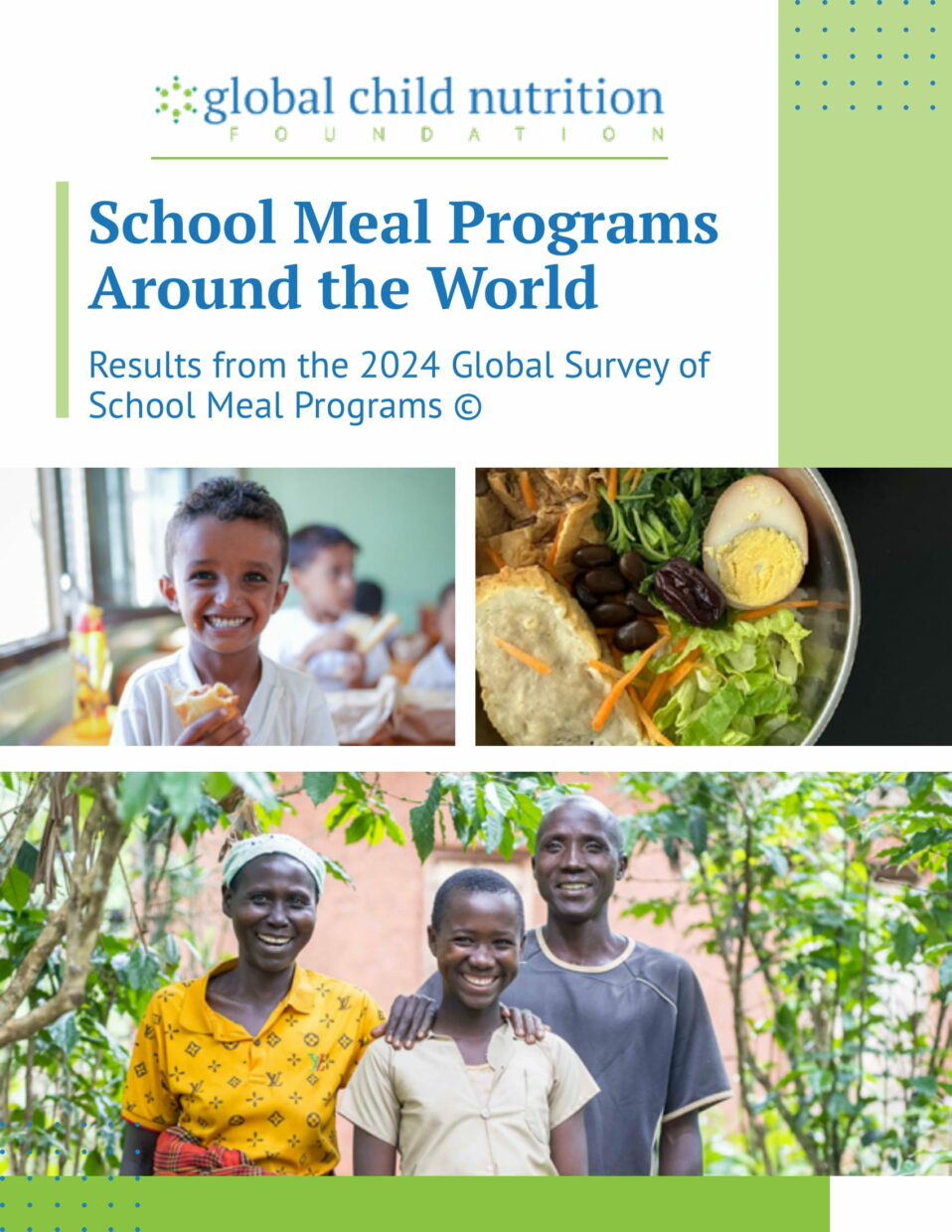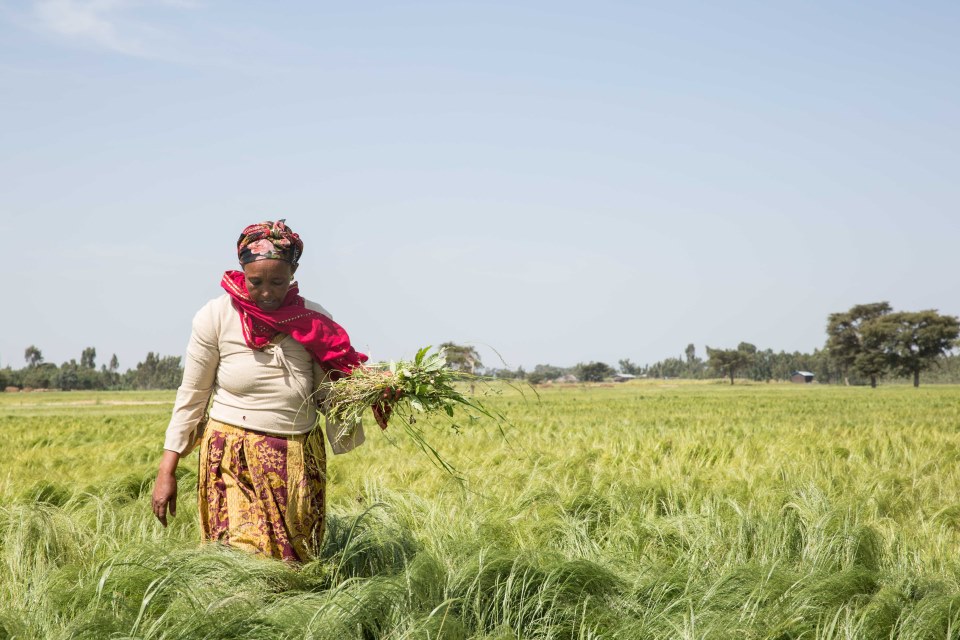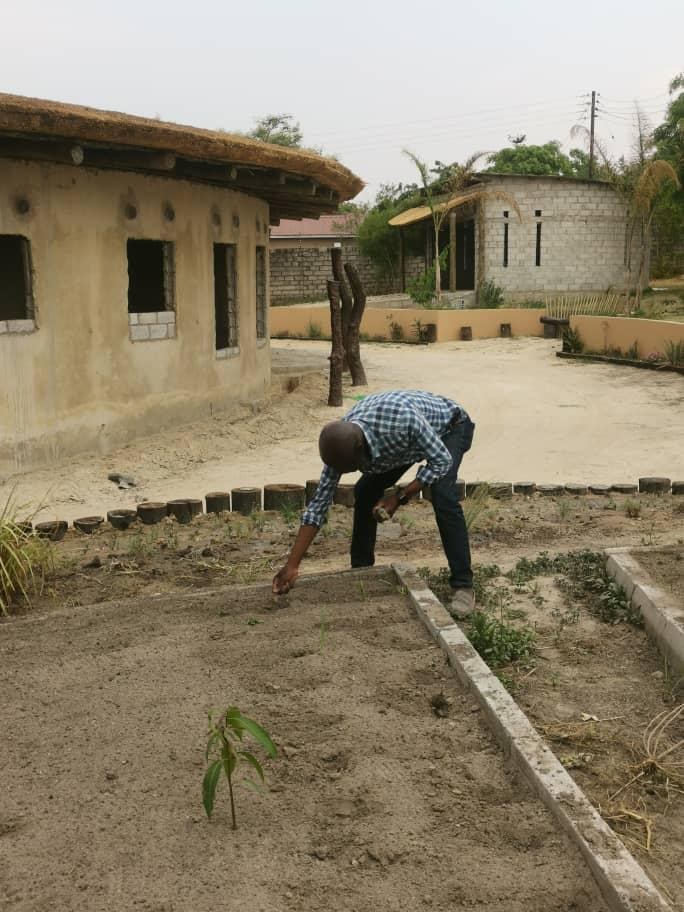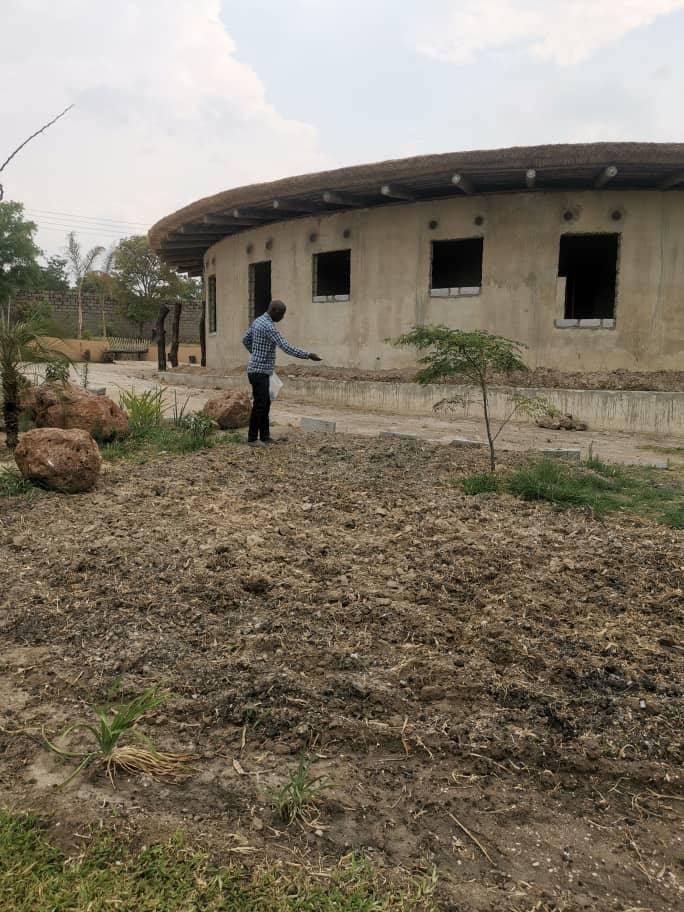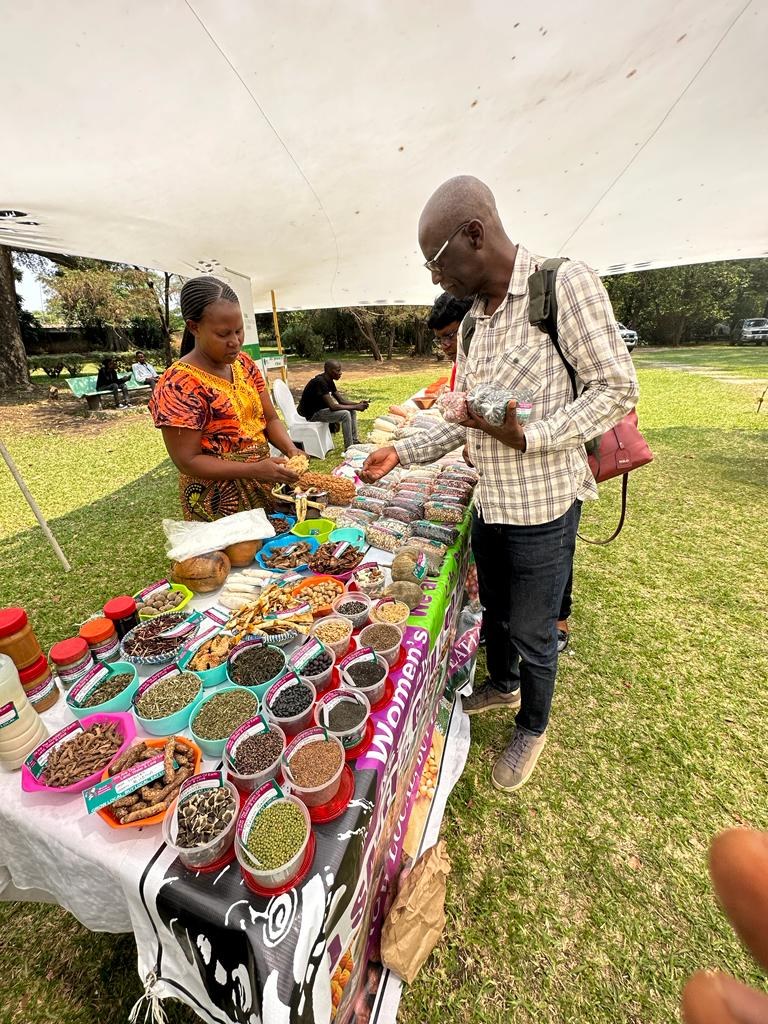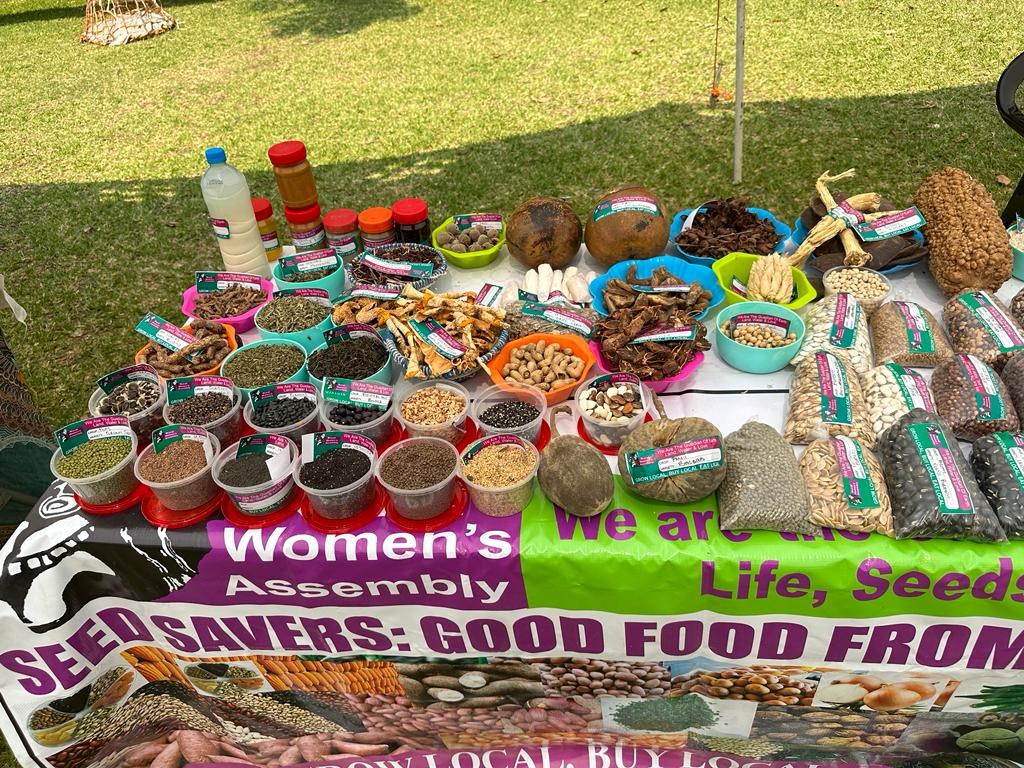No matter what’s on the menu, whether it’s rice with a side of grilled fish, ugali topped with sautéed kale or pasta in a tomato sauce, one fact holds true: school meals deliver far-reaching benefits. Beyond supporting child health, nutrition, and education, school meals have the potential to drive countries toward more sustainable, climate-resilient, and inclusive food systems.
Continue readingFeeding the Grades – Calling for an Expansion of School Meals in India
Why do children drop out of school, and what helps them stay? These questions are at the heart of education policy, especially in a country like India, where universal school enrolment and retention remains a significant challenge.
Continue readingBridging the Gap: How Food Banks Can Help School Meal Programs Serve More Fresh, Safe, and Sustainable Food
Across Africa and around the world, school meal programs face an ongoing balancing act of ensuring food safety and quality while managing limited budgets. These constraints can make it difficult to introduce fresh fruits and vegetables into school meals, despite their crucial role in children’s nutrition and development.
Continue readingSchool Meals Programs: Expanding access through innovative financing to accelerate progress towards the SDGs
With less than five years remaining, the world is at a critical juncture in achieving the 2030 Sustainable Development Goals (SDGs).
Continue readingGCNF Newsletter for April 2025
Spring 2025 is in full swing, and it’s already been meaningful for the global school meal community. GCNF proudly represented school meals at various events, including the Nutrition for Growth (N4G) Summit and the World Bank-IMF Spring Meetings.
Continue readingThe 2024 Global Child Nutrition Forum Report Released: Key Insights & Outcomes Supporting School Meals Worldwide
The Global Child Nutrition Foundation (GCNF) is pleased to announce the release of the 2024 Global Child Nutrition Forum Report, detailing the key discussions, insights, and actions that emerged from the Global Child Nutrition Forum.
Continue readingGCNF Newsletter for February 2025
The Global Child Nutrition Foundation (GCNF) invites you to attend the Global Child Nutrition Forum taking place in Osaka, Japan from 9 through 12 December 2024! This four-day learning exchange is organized by GCNF and International Child Nutrition Japan in collaboration with the Government of Japan and the School Meals Coalition (SMC).
Continue readingKey Insights: School Meal Programs in Africa
A Plate of Food is Power in a Child’s Hands: Celebrating the 10th Anniversary of the African Day of School Feeding
Each year on March 1st, the Africa Day of School Feeding highlights the transformative role of school meal programs in enhancing education, nutrition, and economic development across the continent. Established by the African Union in 2016, this year marks the 10th anniversary of the celebration, recognizing a decade of progress in using school meals as a powerful tool to improve student learning, boost school attendance, and support local food systems. By providing nutritious meals in schools, governments and communities across Africa help ensure that children have the energy and focus they need to thrive in the classroom and beyond.
Continue reading
